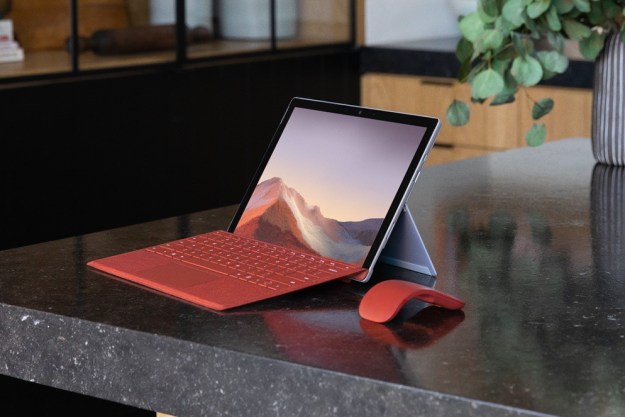In March, Microsoft announced that it would send Windows 7 users an on-screen “courtesy reminder” about the incoming end of support of the operating system. Now a few months later, on Tuesday, July 22, the “reminder” has appeared on Digital Trends’ computer screens, suggesting the process of phasing out Windows 7 is now underway.
At the time of publication, it is not certain if all Windows 7 users are currently seeing the “reminder,” but it was confirmed to have appeared on at least one of Digital Trends’ PCs. As last explained by Microsoft, the “reminder” doesn’t specifically mention updating to Windows 10. Instead, clicking on the “Learn More” area of the notification directs back to a dedicated website dedicated to the January 4, 2020 end of support for Windows 7.
Windows 7 users also have the choice of clicking “Do not remind me again,” to remove the notification from their systems. However, Microsoft did mention that the notification could appear on systems “a handful of times” throughout this year.
A routine Windows 7 update, dubbed KB4493132 from March, downloaded through Windows Update had initially introduced the “reminder.” A sample reminder notification similar to what Digital Trends experienced can be seen below.

Microsoft is no stranger to these notifications, as it has previously sent out similar popups to Windows XP users when the operating system was being phased out. It also used similar — and lesser proactive — notifications when Windows 10 was first introduced. Unfortunately, the company faced heavy criticism from the public in the months thereafter.
Despite Windows 7 being 10 years old, the operating system remains popular and was only surpassed in marks share by Windows 10 in January. As a result, Microsoft will still provide paid extended Windows 7 security updates for businesses and enterprises past January 14, 2020. But, general consumers are not included. This means you will need to out and purchase a new Windows laptop or pay for a new Windows 10 license after that date in order to keep your PC safe from viruses and other security threats.
There are currently great options for new Windows 10 laptops and desktops, from all the major brands. And, if you’re not happy with how Windows 10 feels, there are ways to change it so it looks more like Windows 7.
Editors' Recommendations
- Microsoft finds a sneaky way to slip more ads into Windows
- Windows 11 vs. Windows 10: finally time to upgrade?
- 7 beloved Windows apps that Microsoft has killed over the years
- PC gamers — Windows 7, 8, and 8.1 are officially dead
- Microsoft plans to charge for Windows 10 updates in the future


